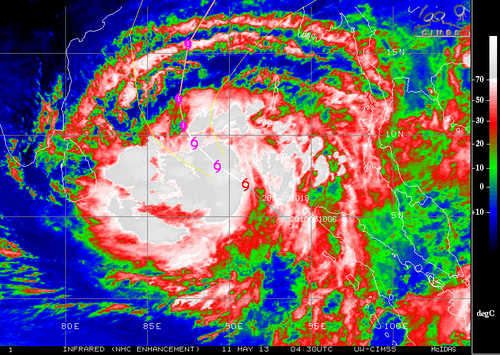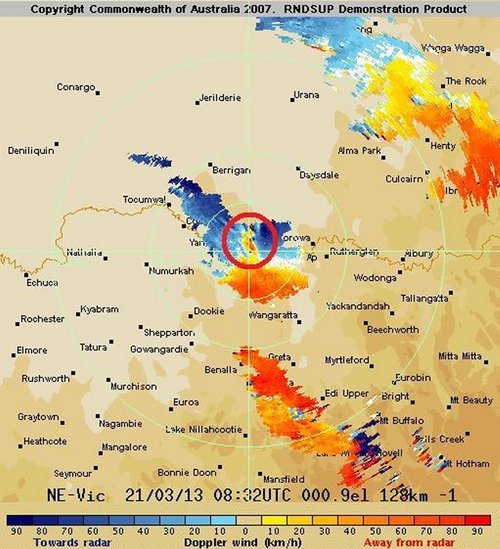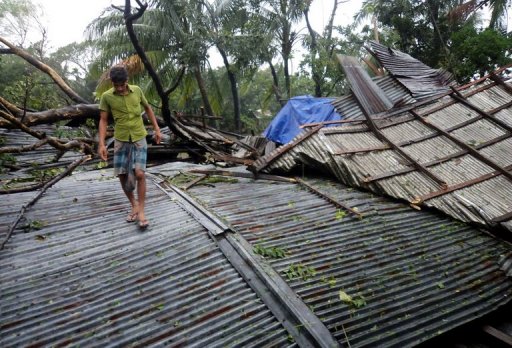Cyclone Duo in Indian Ocean
Two separate cyclones formed in the Indian Ocean this week and will continue to intensify and organize over the weekend. A low shear environment combined with warm sea surface temperatures of around 30°C, were key factors in the formation of these two cyclones.
The first cyclone, located south of the equator, is named Jamala. This cyclone is headed west and is only expected to intensify to a category one hurricane for a short amount of time before weakening to a tropical storm again. Despite reaching category one and heading west towards land, Jamala is not expected to affect Madagascar or any parts of eastern Africa as models show it weakening to almost nothing before reaching the coast.
The second cyclone, cyclone 01B located north of the equator, is more of a concern to Bangladesh and surrounding countries. This cyclone has the potential to cause substantial damage to Bangladesh as land is prone to flooding there. Storm surge will likely be an issue, depending on the strength of the hurricane when it makes landfall. As of Friday evening, 01B had estimated maximum surface winds near the 95km/h mark but was expected to increase in strength as it moved north, towards Bangladesh. Landfall is still a ways away, but its stronger outer bands are expected to arrive near the Myanmar and Bangladesh shores early Tuesday.

The Indian Ocean cyclone season is most active from the beginning of spring to early winter but it is possible to have cyclones form throughout the year.



